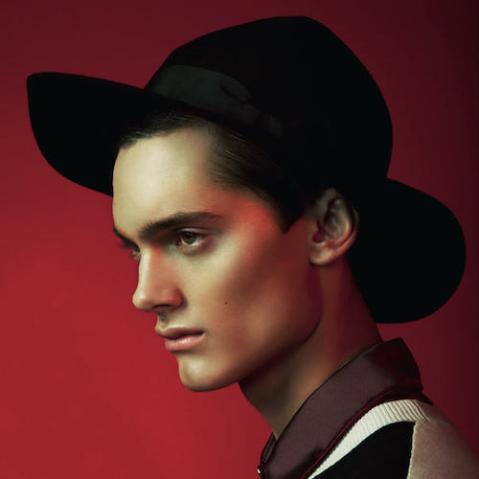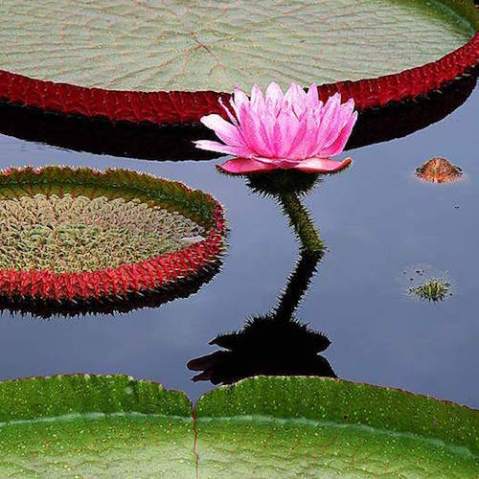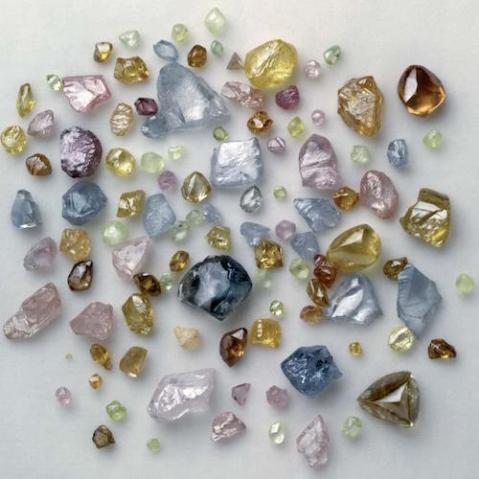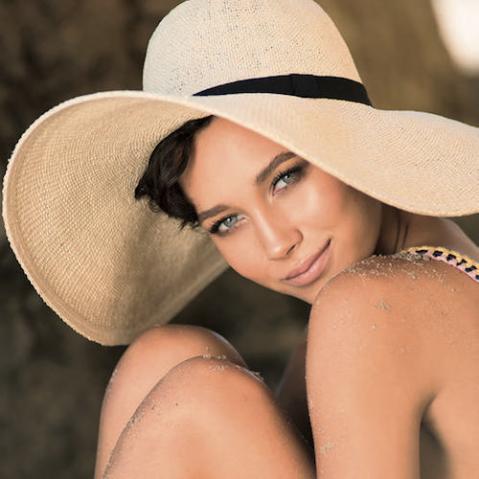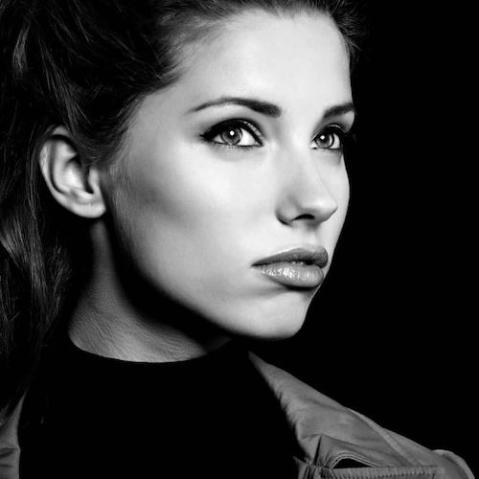Don't ignore pre-dawn and twilight!
Compared to the scorching burst of fiery colours that sunrise and sunset unleash at the beginning and end of the day, twilight and the half hour or so before sunrise bathe the landscape in a cooler and subtler palette of blues, violets and soft purples.
 Whether it’s the warmth of daybreak edging into the light or the darkness closing off the sunset, the blends of colours at these times of day are beautiful.
Whether it’s the warmth of daybreak edging into the light or the darkness closing off the sunset, the blends of colours at these times of day are beautiful.
These are colours that you don’t see in great quantity that often and, although many photographers ignore these times of the day, they can be exceptionally pretty. In fact, at the end of the day, you might find yourself completely ignoring the sunset, and instead be looking for twilight scenes. Emotionally too, the feeling of twilight conveys a gentler, more reflective mood that begs quiet contemplation and a sense of closure, perhaps more than any other time of day. The emotional tide is a bit different at dawn since there is that element of hope being conferred by the promise of the soon-to-be-rising sun.
 You will need a tripod in either pre-dawn or at twilight to allow for the necessarily longer shutter speeds.
You will need a tripod in either pre-dawn or at twilight to allow for the necessarily longer shutter speeds.
Often the pre-glow of dawn and the afterglow of sunset morph into the darkness and create interesting transitions in the sky. At twilight, for instance, the sky often blends from tangerine to sapphire—a very pretty effect that you can see in the twilight shot of the desert.
 Ducks floating along on a lake lit in the reflected glow of twilight.
Ducks floating along on a lake lit in the reflected glow of twilight.
In places where artificial lighting mixes with the colours of twilight you’ll often encounter similar blends of warm and cool colours, more so at twilight than at dawn. City skylines, urban scenes, and even carnivals are good examples where the warmth of the incandescent (or more typically these days, vapour lamps) mixes with the blue of twilight. It is likely that you will find the best shots of carnival rides are produced when the lights of the rides have been turned on and the sky is illuminated in blue light.
 The Seine at twilight offers a mix of artificial lights illuminating the banks and the lights from a dinner boat set against the fading glow of sunset.
The Seine at twilight offers a mix of artificial lights illuminating the banks and the lights from a dinner boat set against the fading glow of sunset.
In open landscapes and near the shore, the light reflecting from the sky at twilight often lingers for quite a long while (particularly during the longer days of spring and summer) and provides enough for you to experiment with both composition and exposure. Try photographing immediately that the sun has set, and continue experimenting with compositions and vantage points until twilight gives way to night. You will get a similar opportunity at the beginning of the day but because the landscape is still emerging from darkness you’re gaining in light rather than losing it and you can continue to shoot right into the golden hours.
The Photographer’s Master Guide to Color is Jeff Wignall’s thorough course on colour and the role it plays in digital photography, giving you a new understanding of the important role colour plays in the creation of successful photos, and allowing you take outstanding colour photographs with any digital camera.
 The Photographer’s Master Guide to Colour
The Photographer’s Master Guide to Colour
Jeff Wignall
Buy now!

